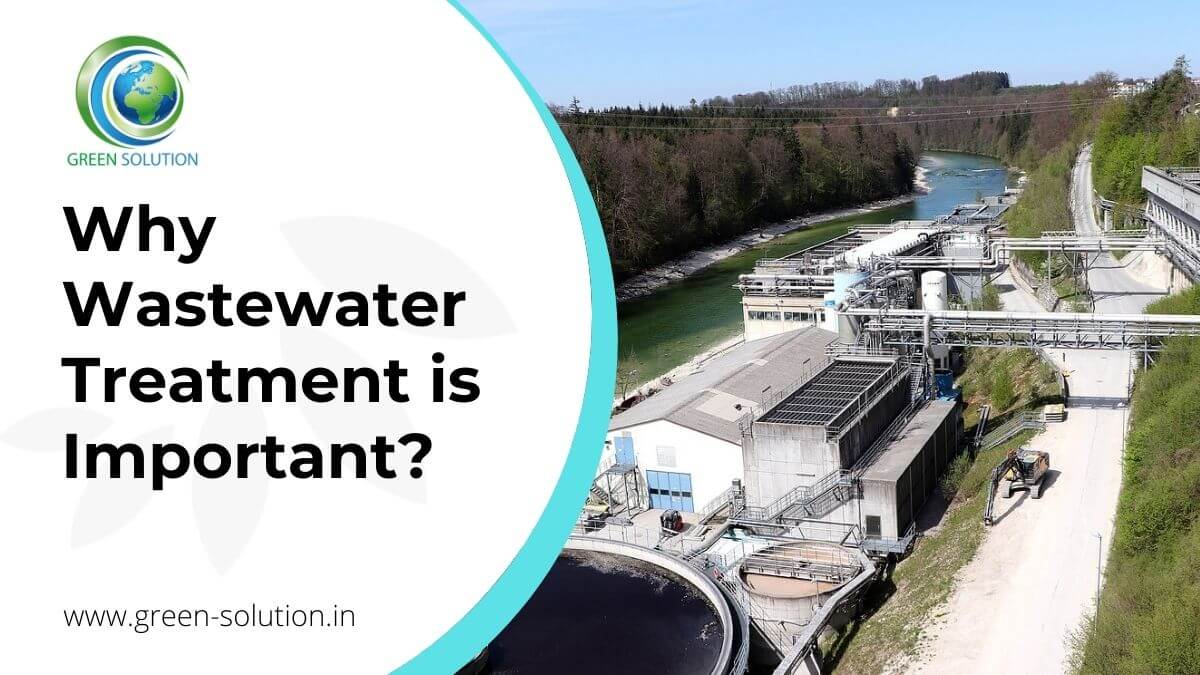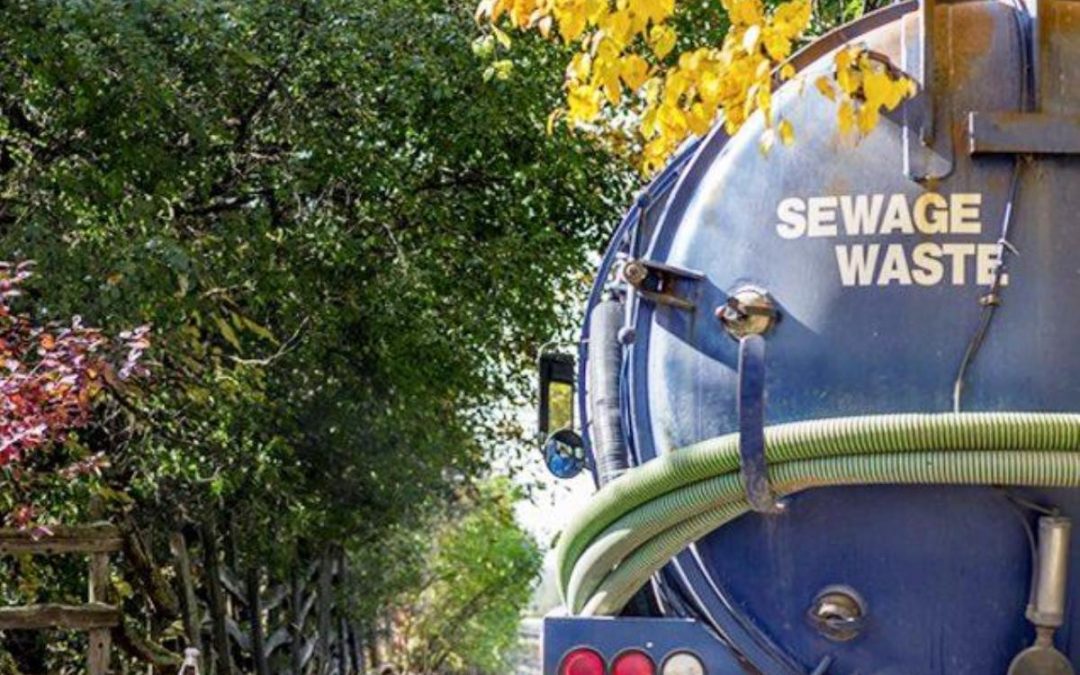Reclaim Waste for Dummies
Reclaim Waste for Dummies
Blog Article
Unknown Facts About Reclaim Waste
Table of Contents3 Easy Facts About Reclaim Waste ExplainedThe Basic Principles Of Reclaim Waste The Only Guide for Reclaim WasteSome Ideas on Reclaim Waste You Need To KnowWhat Does Reclaim Waste Do?A Biased View of Reclaim Waste

Never ever put unsafe materials down sinks, commodes or stormwater drains pipes Compounds consisting of gas, grease, oil, pesticides and herbicides, and solvents such as paint pole dancers ought to not be poured down sinks, toilets or stormwater drains pipes. These materials are challenging to eliminate in the sewage treatment process and create air pollution troubles in our local rivers.

Although liquid waste is a term that covers a wide range of materials, there's a good reason leaving its disposal to the experts is advised. Fluid waste is non-solid product that has no more usage and has to be dealt with and thrown away according to local, state and government guidelines.
Indicators on Reclaim Waste You Should Know
Although examples of fluid waste can include wastewater, fats, oils or oil, utilized oil, liquids, solids, gases or sludges and unsafe family liquids, there are some that are thought about to be more unsafe than others when it comes to the setting and the wellness of pets and human beings alike. It's consequently that each state and area have strict policies linked to liquid waste management.
Fluid waste can be saved in holding tanks or packaged in drums, intermediate bulk containers or accepted small containers before either being treated or gotten rid of by means of outsourced vacuum cleaner trucks. Given the nature of the materials, liquid waste can not enter the basic waste stream and there are rigorous regulations on exactly how to deal with it correctly.
(https://www.behance.net/leonaube)Relying on a decision of the level of danger, it might be necessary to remediate those sites. On top of that, dangerous liquid chemical wastes are controlled waste and should be tracked based on the state waste legislation. Under the chain of protection and obligations, proprietors are accountable and accountable for waste created by an organization.
One of the core applications for superabsorbent this hyperlink polymers (SAPs) is fluid waste solidification. liquid waste removal. SAPs are made use of by waste administration professionals to protect against potentially damaging liquids from entering waterways, groundwater aquifers, and other sensitive environments. Because fluids can swiftly carry pollutants right into ecological receptors and potentially contribute to geotechnical failings, fluid wastes are often prohibited from disposal in landfills
The Best Guide To Reclaim Waste
Basically, cost-free fluids are liquids that separate from the solid portion of waste material. Liquid waste can include the following: HDD mud and cuttings Land fill leachate Wastewater therapy sludge & biosolids Dredged debris Oil and gas drill cuttings Resolving fish pond filth Hydro Excavation slurry Coal combustion residuals/ash Container bottom sludge Concrete grinding/polishing slurry Associated Post: For a functional example of free liquids separating from waste product, consider the following situation: A waste monitoring service provider loads a dump truck with sludge from a wastewater treatment plant's oygenation basin, throughout a routine maintenance event.
Nonetheless, when the vehicle driver reaches the landfill, he notifications water seeping from the sludge and pouring from the dump truck. The lots was turned down by the landfill and the motorist was required to dispose of the waste as a fluid waste at a special facility, which raised the disposal fees greatly.
We also require to be liable for the appropriate disposal of our waste products. It is not enough that we pay waste disposal firms to take treatment of our rubbish.
Indicators on Reclaim Waste You Need To Know

Segregating your waste can start inside the home. Segregate completely dry and fluid waste as well as edible waste, naturally degradable and non-biodegradable products.
You can use old trash bin, container, garden pot or old plastic drums. Pierce 4 to 5 holes in the container so the air can circulate. Layer all-time low with soil to take in the damp waste. Begin the composting process. Layer the compost with wet and dry waste as well as soil to maintain an equilibrium between the damp and the completely dry.
The 15-Second Trick For Reclaim Waste
To facilitate faster disintegration, you can additionally add semi composted dirt to the garden compost. If you notice the scent is coming to be too strong, add additional newspapers and paper waste or add even more holes to the compost container to maintain the equilibrium of the waste materials.
We also require to be responsible for the appropriate disposal of our waste products. It is not enough that we pay waste disposal firms to take treatment of our rubbish.
Our waste, our duty. Have you ever wondered what takes place to your liquid waste after it's gathered? Did you recognize that fluid waste can be recycled?
Reclaim Waste Things To Know Before You Buy
Segregating your waste can begin inside the home. Set apart completely dry and liquid waste as well as edible waste, naturally degradable and non-biodegradable materials.
Layer the base with dirt to take in the wet waste - liquid waste disposal. Layer the garden compost with wet and completely dry waste as well as soil to maintain a balance in between the wet and the completely dry.
To promote faster decomposition, you can additionally include semi composted dirt to the garden compost. If you see the smell is coming to be too solid, add added newspapers and paper waste or include even more holes to the garden compost bin to maintain the balance of the waste materials.
Report this page